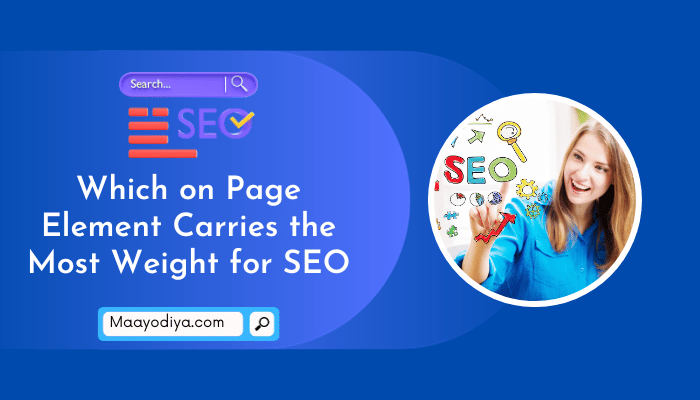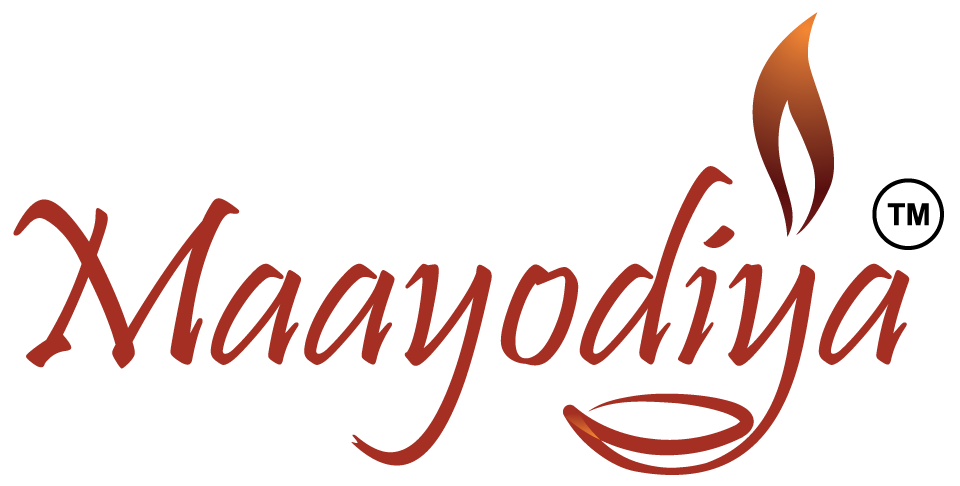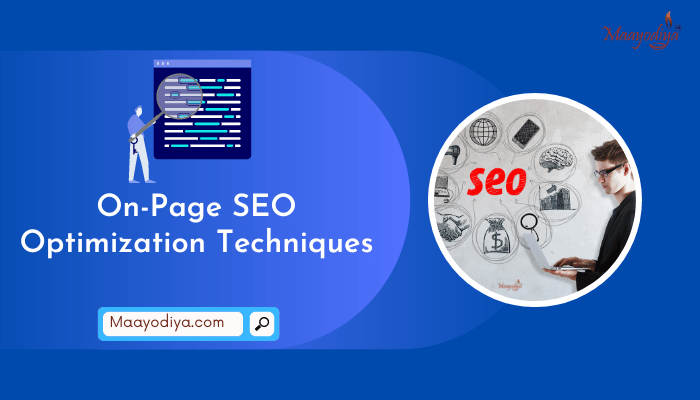
In the world of digital marketing, search engine optimization (SEO) plays a vital role in driving traffic to your website. With millions of websites vying for the top spot on search engine result pages (SERPs), it’s essential to optimize your website to rank higher. While many factors contribute to SEO, on-page elements are crucial for improving your website’s ranking. From meta descriptions to images, every element on your website plays a role in SEO. However, not all elements carry the same weight when it comes to generating organic traffic.
As a website owner, understanding which on-page element carries the most weight for SEO can help you focus your efforts on optimizing those elements. This way, you can ensure that your website ranks higher for relevant search queries. While experts have different opinions on this topic, there are a few on-page elements that are known to carry significant weight in boosting your website’s SEO. In this blog post, we will explore the key on-page elements that carry the most weight for SEO.
What Are The Types Of SEO?
SEO (Search Engine Optimization) is an academic subject that aims to increase the presence of a website by using various search engine optimization (SEO) techniques. Here are some common techniques:
- On-Page SEO (On-Page Search Engine Optimization): On-page SEO is the practice of optimizing individual web pages so that they rank higher in search engines, attracting more relevant traffic through meta tags, headings, and URL structure, keyword optimization, internal linking strategies to improve content quality, and mobile-friendliness.
- Off-Page SEO: Off-page SEO refers to actions outside of a website to improve its search engine rankings, such as building backlinks from other websites, engaging social media audiences, and targeting influential contacts for attention or guests. Blogging opportunities or managing online reputation.
- Technical SEO (Search Engine Optimization): Technical SEO involves improving technical aspects of a website to increase its search engine visibility, such as speed, mobile-friendliness and crawl errors, site structure and navigation issues, structured data markup (schema. org), robots.txt file or sitemap and manage duplicate content issues.
- Local SEO: Local search optimization (or local SEO) is important for businesses serving regional areas. This involves displaying the website in local search results, such as Google’s local packs and maps. Steps include – Creating a Google My Business listing, building local referrals, collecting online reviews, and targeting location-specific keywords.
- E-commerce SEO (Search Engine Optimization): Optimizing an online store to increase its visibility and search engine results page ranking, such as optimizing product pages, writing inspiring product descriptions and optimizing images, inventory levels/off -Handling stock items/website navigation/user experience and using structured data markup.
- Voice Search SEO: Optimizing for Voice Search With the age of increasing technologies, optimizing for voice search has become the most important in SEO strategy. Voice search SEO includes:
- Adapting content to include natural language questions.
- Prioritizing long capital keywords and conversational sentences over short descriptions.
- Providing short answers to common inquiries and optimizing for featured snippets.
- Video SEO (Video Search Engine Optimization): Optimizing video content so that it gets more references in search engine results pages like YouTube. SEO techniques for video include:
- Using keyword-rich sentences in titles, descriptions, and tags.
- Creating attractive thumbnails.
- Customizing metadata.
- Sharing on social media and other channels to promote.
- Mobile SEO: As mobile device search results grow exponentially, optimizing websites for mobile search is becoming an important component of web strategy. Mobile SEO includes:
- Designing a mobile-friendly website design.
- Improving page load speed usability, and navigation on mobile devices.
- Implementing responsive design strategies for bottom searches and voice searches.
Also Read: – Best Digital Marketing Courses in South Delhi
On Page Element That Carries the Most Weight for SEO: Let’s Know
-
Title tags are critical.
When it comes to on-page SEO, several elements carry weight. One of the most critical is the title tag. The title tag is an HTML element that provides a concise and accurate description of a webpage’s content. It’s what appears as the clickable headline in search results, and it’s what users see at the top of their browser when they visit the page. Not only is the title tag important for user experience, but it’s also crucial for search engines to understand what your page is about. It’s one of the first things search engine crawlers look at when indexing a page.
Therefore, optimizing your title tag with relevant keywords can significantly improve your on-page SEO and help your website rank higher in search results. So, if you’re wondering which on-page element carries the most weight for SEO, look no further than the title tag.
-
Meta descriptions help click-throughs.
In the world of on-page SEO optimization, meta descriptions play an important role in helping to improve click-throughs. While they don’t directly impact search engine rankings, they do provide a snapshot of what the page is about and can entice users to click on your website. Meta descriptions are the summaries of a webpage that appear below the title tag and URL in search engine results pages (SERPs).
They should be concise, descriptive, and relevant to the content on the page. It’s important to craft meta descriptions that are compelling and accurately reflect the content on your page to increase the chances of users clicking on your website. While meta descriptions are just one on-page element that carries weight for SEO, they can significantly impact the success of your online presence.
-
Header tags structure the content.
When it comes to on-page SEO, header tags are one of the most crucial on-page elements. Header tags structure the content and make it easier for search engines to understand what your page is all about. The H1 tag is the most crucial and should be used for the page’s primary title. It tells search engines the subject of the page and what it’s all about. H2 and H3 tags are also important and should be used to break up the content into sections and sub-sections.
This not only helps with SEO but also makes the content more readable for users. It’s important to keep in mind that header tags should be used logically and in order. For example, you shouldn’t use an H3 tag before an H2 tag. By following the correct header tag structure, you are prioritizing your content and making it easier for search engines to determine the importance of each section. In conclusion, header tags carry a lot of weight for on-page SEO. They should be used correctly to improve the visibility of your website.
-
Content must be high-quality.
When it comes to on-page SEO, there are a lot of factors to consider, but one of the most important is the quality of your content. Search engines are constantly improving their algorithms to ensure that users receive the most relevant and valuable information possible. This means that if you want your website to rank well, you need to focus on creating high-quality content that provides real value to your readers. High-quality content means that your writing is well-researched, comprehensive, and engaging, with a clear focus on providing value to your readers.
This not only helps improve your search engine rankings but also builds trust with your audience and helps establish you as an authority in your industry. So, if you want to succeed in on-page SEO, make sure that your content is top-notch and always prioritizes your audience’s needs.
-
Keywords should be strategically placed.
When it comes to on-page SEO, multiple elements contribute to the overall ranking of a website. However, one of the most important factors is the strategic placement of keywords. Keywords are the words and phrases that people use to search for content online, and they play a critical role in helping search engines understand what a page is about.
When placed strategically throughout a webpage, they can help improve the page’s relevance and authority in the eyes of search engines. But, it’s important to avoid overusing keywords or stuffing them unnaturally, as this can actually hurt your ranking. Ultimately, the placement of keywords on a webpage should be both natural and strategic, providing value to readers while also improving your on-page SEO. So, while many on-page elements affect SEO, keyword placement remains a critical factor in determining the overall effectiveness of a webpage.
Also Read: – Best Digital Marketing Resume
-
Image optimization is important too.
When it comes to on-page SEO, image optimization is an important element that should not be overlooked. Images can enhance the visual appeal of your web pages and engage your visitors. Still, they can also impact your website’s performance and ranking. Optimizing images involves:
- Reducing their file size without compromising their quality.
- Using descriptive file names and alt tags.
- Ensuring they load quickly.
This can improve the user experience, decrease page load time, and help search engines understand the content of your pages. Google and other search engines consider image optimization as an important factor in determining the relevance and quality of your content, so it is important to give it due attention. By properly optimizing your images, you can improve your website’s on-page SEO and enhance its overall performance.
-
Internal linking helps with navigation.
One of the most important on-page elements for SEO is internal linking. The process of linking one page on your website to another page on the same website is known as internal linking. This not only helps with navigation but also helps search engines understand the structure and hierarchy of your website.
When search engines crawl your website, they follow the links between pages to determine the relevance and importance of each page. By using internal links, you can guide search engines to the most important pages on your website and help them understand how those pages relate to each other. This can improve your on-page SEO and ultimately increase your visibility in search engine results pages. So, if you want to improve your website’s SEO, make sure to prioritize internal linking as an important on-page element.
-
User experience matters for SEO.
When it comes to on-page SEO, user experience is an element that carries significant weight. Search engines like Google prioritize websites that provide a positive user experience, which is reflected in the website’s engagement metrics. User experience includes various factors such as website structure, navigation, page speed, readability, and mobile-friendliness.
A website that is well-designed, easy to navigate, and provides valuable content to users is more likely to rank higher in search engine results pages. Websites that are difficult to navigate or have a slow loading time can lead to high bounce rates and low engagement, which negatively impacts SEO. Therefore, it’s crucial to prioritize user experience when optimizing your website for search engines. By ensuring that your website is user-friendly and meets the needs of your audience, you can improve engagement metrics and boost your overall SEO ranking.
Which On Page Element Carries The Most Weight For SEO?
The title tag carries the most weight for SEO in on-page elements because it’s the element that users encounter first in the search engine results page (SERP) before entering a webpage. The title tag, also known as the meta title, is highly relevant to user search queries. Google prioritizes web pages with relevant title tags. This increases user interest and click-through rates (CTR) because users find what they’re looking for in the title tag, leading to a higher CTR.
A higher CTR is always beneficial for a webpage because it indicates that users are interested in the content presented in the meta title and are more likely to click on it. This demonstrates to Google that users are finding relevant information in your meta title, which can boost the webpage’s ranking. However, this doesn’t mean that you should engage in keyword stuffing in the meta title. Note that Google will only prioritize your meta title if it’s highly relevant to the user’s query, without any keyword stuffing. The title should flow naturally and have meaning, and you should incorporate keywords naturally.


